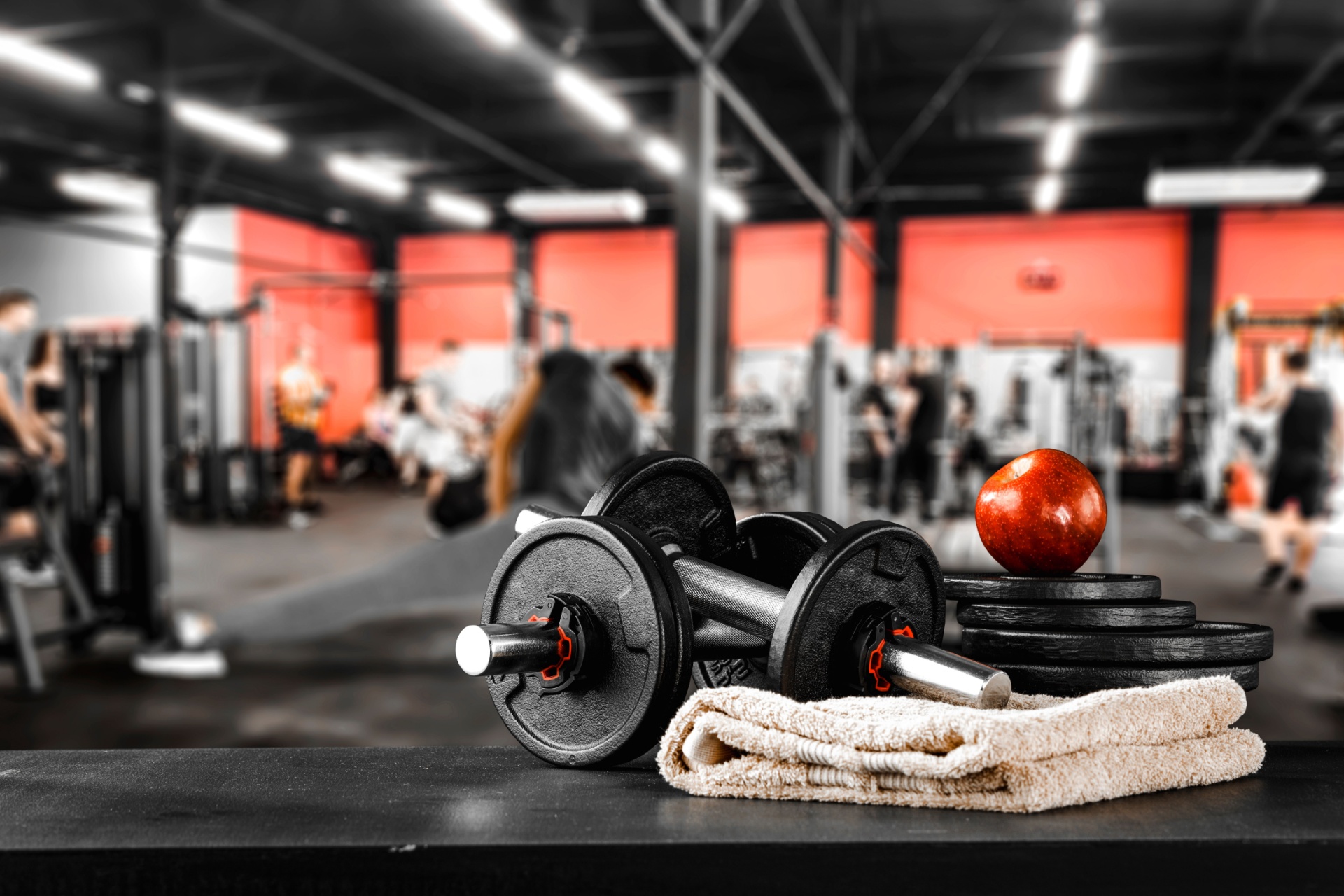
- strategy
- finance
- Finances
- loans
- Asset finance

Matthew Robineau
May 16, 2024 5:10:29 PM · 5 min read
Updated on November 08, 2024
Find it Fast:
Gym Equipment Finance Explained: The Complete Guide
With the cost of gym equipment being so high and the initial investment to start a gym enormous, securing funding can help alleviate the financial for anyone looking to enter the fitness industry.
Whether you're dreaming of launching your own gym or seeking to enhance an existing one, you're in the right place to discover different lending techniques, how to find the best lenders and more. Let's begin!
How much does it cost to buy all the equipment for a gym?
The cost to buy the necessary equipment depends on the scale you are after. If you are looking for a small-scale gym, ideal for personal training, that covers the basics you can expect to need around £10,000
The cost for a medium-sized gym looking to cover more than just the basics can easily get up to at least £35,000
If you want to buy equipment for a large commercial gym in order to reach a wider audience, the sky is the limit, minimum investment will be around £50,000.
How can I finance gym equipment?
With the other costs associated with starting a gym being considerable, financing your equipment could be the way forward. Here are some finance methods gym owners should consider:
Equipment Leasing
Equipment leasing is a flexible financing option that allows gym owners to use the necessary equipment without a substantial upfront payment. In a lease agreement, the lessor provides the equipment to the lessee for a specified period in exchange for regular payments.
At the end of the lease term, the gym owner can choose to purchase the equipment, return it, or upgrade to newer models. This option helps businesses conserve capital, access high-quality equipment, and potentially benefit from tax advantages.
Business Loans
Gym owners can opt for traditional bank loans to finance their equipment purchases and secure the necessary credit. These loans typically involve borrowing a set amount of money from a bank and repaying it over time with interest.
Bank loans may require collateral and have specific eligibility criteria that need to be met.
Crowdfunding
Crowdfunding platforms offer an alternative way for gym owners to raise funds for equipment purchases, potentially allowing them to avoid high APR finance loans. By creating a crowdfunding campaign, gym owners can appeal to a wider audience for financial support.
Crowdfunding campaigns can be used to showcase the gym's unique vision, attract potential investors, and generate funds to buy all the necessary equipment.
Hire Purchase
Hire purchase is a financing arrangement that allows gym owners to acquire equipment gradually through regular payments over a fixed term. Ownership is transferred after the final payment, and the agreement may include a deposit, fixed monthly payments, and an option to purchase the equipment at the end of the term for a nominal fee.
This option enables gym owners to spread the cost of equipment acquisition over time while enjoying ownership benefits.
Buy Now Pay Later Schemes
Buy Now Pay Later (BNPL) schemes offer gym owners the flexibility to acquire equipment immediately and delay payment to a later date, typically through interest-free instalment plans.
This option helps manage cash flow, access equipment without a large upfront cost, and spread payments over a convenient timeframe. It is important to review the terms and conditions of product BNPL schemes to understand any associated fees or penalties for delayed payments.
How much is gym equipment to lease?
The cost of leasing gym equipment can range anywhere from £100 to £2500+ per month, depending on the type and quantity of equipment leased.
Longer lease terms may offer lower monthly payments, while additional services such as maintenance or upgrades can increase the overall cost.
What are gym equipment finance lease terms?
Gym equipment finance lease terms typically range from 12 to 60 months, depending on the leasing provider and the specific equipment being leased. Longer lease terms may result in lower monthly payments but could lead to higher overall costs due to extended payment periods.
Lease terms often include options for the gym owner to purchase the equipment at the end of the lease period, return it, or upgrade to newer models. It is advisable to review and negotiate lease terms that align with your business's financial goals and equipment needs before finalising a lease agreement.
Is gym equipment a good investment?
Investing in gym equipment, especially top-tier workout gear, can be a lucrative decision for businesses in the fitness industry. Having quality equipment can attract more customers, enhance the overall gym experience, and set your facility apart from competitors.
Additionally, having a well-equipped gym can lead to higher customer retention rates and increased revenue through membership fees and additional services, making it a wise area to invest in.
However, it is essential to conduct thorough market research, consider the target audience's preferences, and create a solid business plan to ensure that investing in gym equipment aligns with your business goals and financial capabilities.
What are the other costs associated with setting up a gym?
Gym equipment of course forms only part of the costs associated with starting a new gym. Staff, trainers, premises, licences, permits and insurance are some of them, with the premises being the most costly.
If you are looking to own the premises yourself, rather than renting or leasing, a commercial mortgage could be your best option.
Which lenders offer gym loans?
If you want to find a lender with the best rates and fees, then you're already in the right place!
Finance Nation's leading fintech platform offers a modern, efficient solution for businesses seeking the most cost-effective financing options.
The first step in assessing our services is simple; arrange a call with one of our experienced team members.
By registering with Finance Nation today, you can take the first step towards securing the financing your business needs to thrive.
How Can I Calculate My Repayments?
Calculating your gym equipment financing repayments is simple with an asset finance calculator. This tool helps you estimate monthly payments based on the loan amount, interest rate, and repayment term.
By entering the total amount you need to finance, selecting the interest rate offered by your lender, and choosing the duration of the loan, typically ranging from 1 to 7 years, you can quickly and accurately visualise the cost of your loan. In doing so you can make better business decisions and plan for the future.